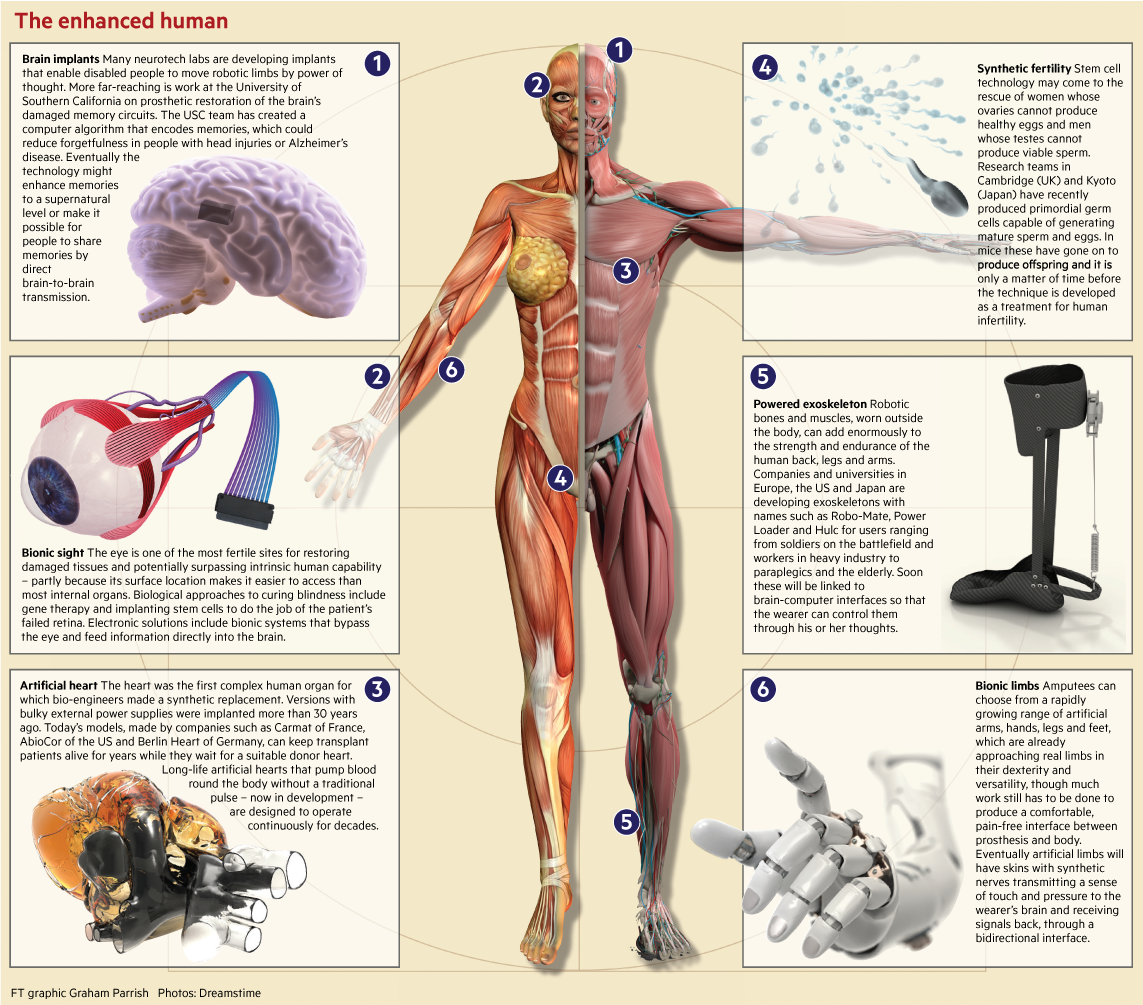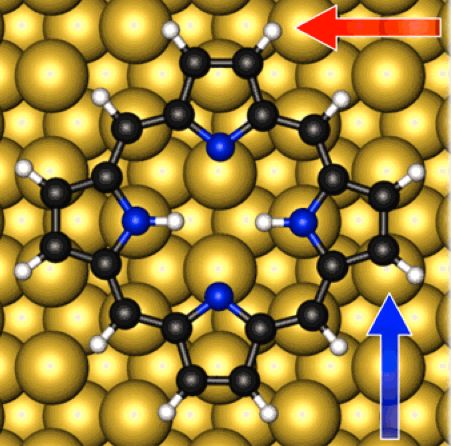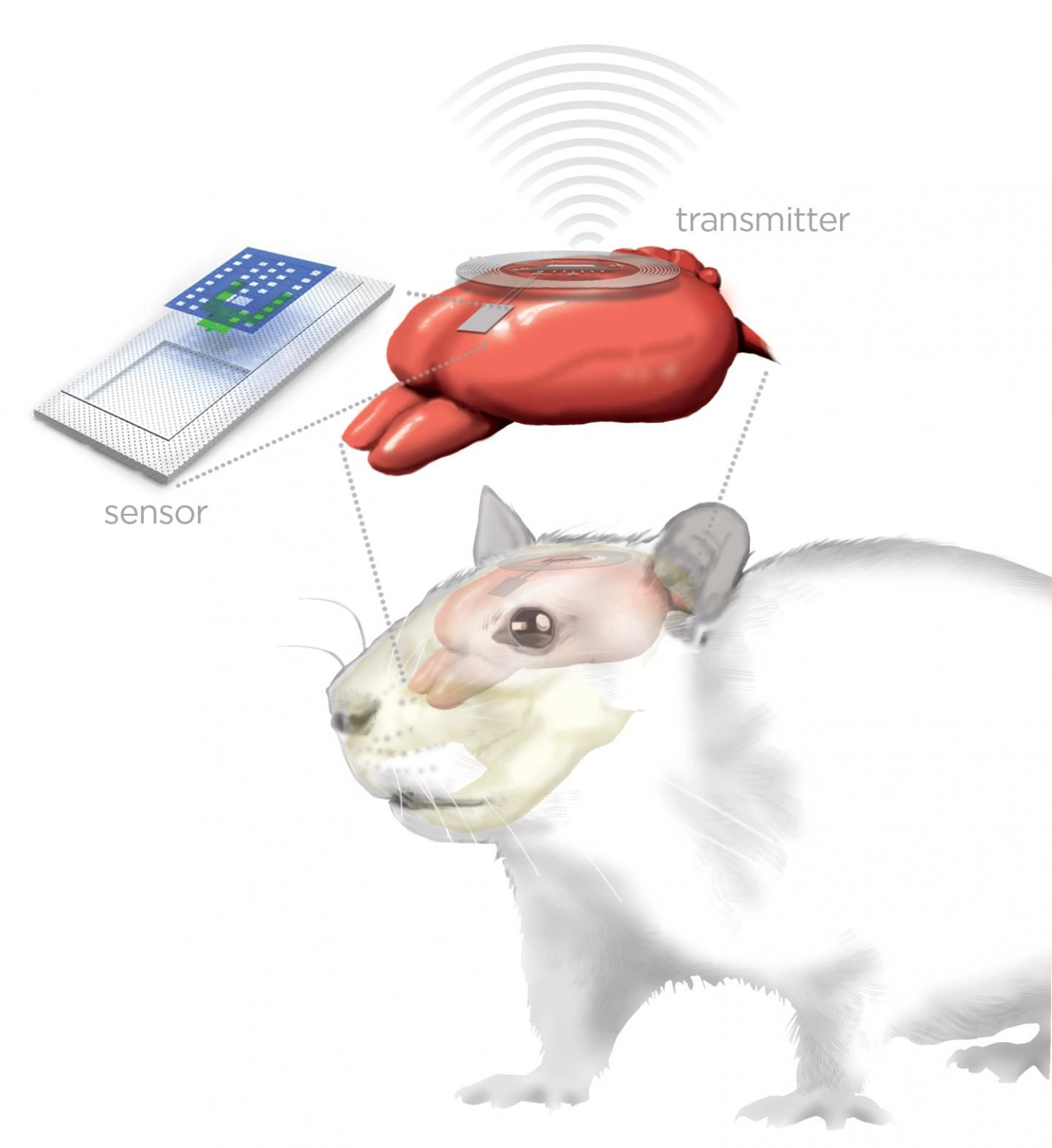This new material is remarkably soft, and it could revolutionize robotics and prosthetics.
Researchers from the Monash University have discovered a new sponge-like material called graphene elastomer. This revolutionary material is expected to be used for robots designed to help take care of elderly people.
The graphene-based elastomer is exteremely sensitive to pressure and vibrations. Also called G-elastomer, the material has the ability to bounce back despite the pressure given to it. It is described to be very soft and elastic compared to other substances such as rubber or foam.







